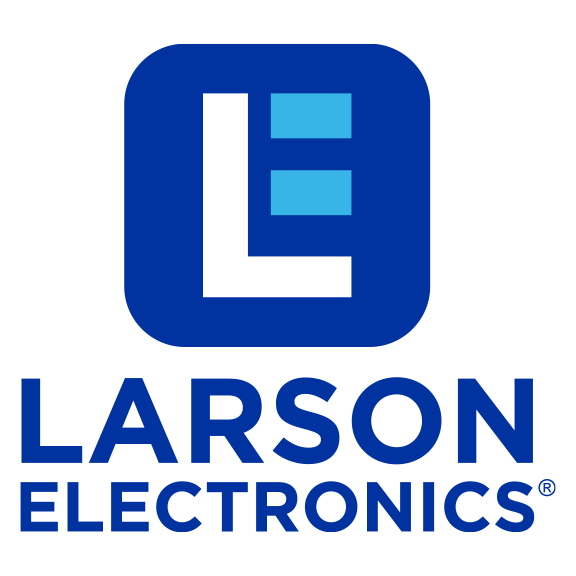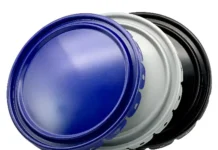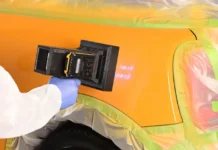Larson Electronics, Kemp, Texas, has published a white paper on UV germicidal light, “Far-UV 222 nm vs 254 nm: Safety and Germicidal Effectiveness.”
UV light is used to successfully eliminate unwanted viruses, bacteria, mold and spores from surfaces and the environment. Although effective, this form of UV treatment – which traditionally leverages 254 nm bands – is known to be harmful to humans. Because of this, operators are required to wear protective gear when deploying 254 nm UV lights in buildings.
Advancements in UV technology address safety-related concerns associated with 254 nm UV lights by utilizing a different wavelength within the UV-C germicidal spectrum: 222 nm. This far-UV band is considered to be safer than 254 nm, as it does not impose the same devastating effects on the skin and eyes. According to published studies, the 222 nm band is just as effective in deactivating dangerous viruses and bacteria as traditional 254 nm UV light.
To better understand how these two germicidal UV bands differ, Larson published a white paper that provides an in-depth comparison of the two UV-C wavelengths.
The white paper covers:
- Overview of sanitation using UV-C light
- Properties and safety considerations of far-UV 222 nm
- Properties and safety considerations of UV 254 nm
- 222 nm and 254 nm UV light sources
- Recommendations and germicidal applications
For more information, visit https://www.larsonelectronics.com/news/1763?utm_source=iContact&utm_medium=email&utm_campaign=larson-electronics&utm_content=06-10-2020+whitepaper+-+222nm+vs+254nm+-+safety.







